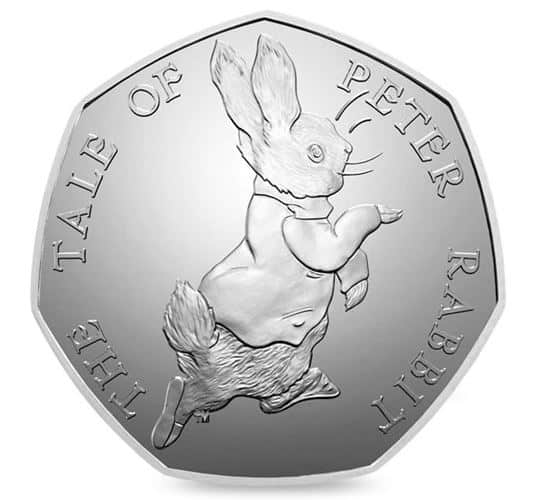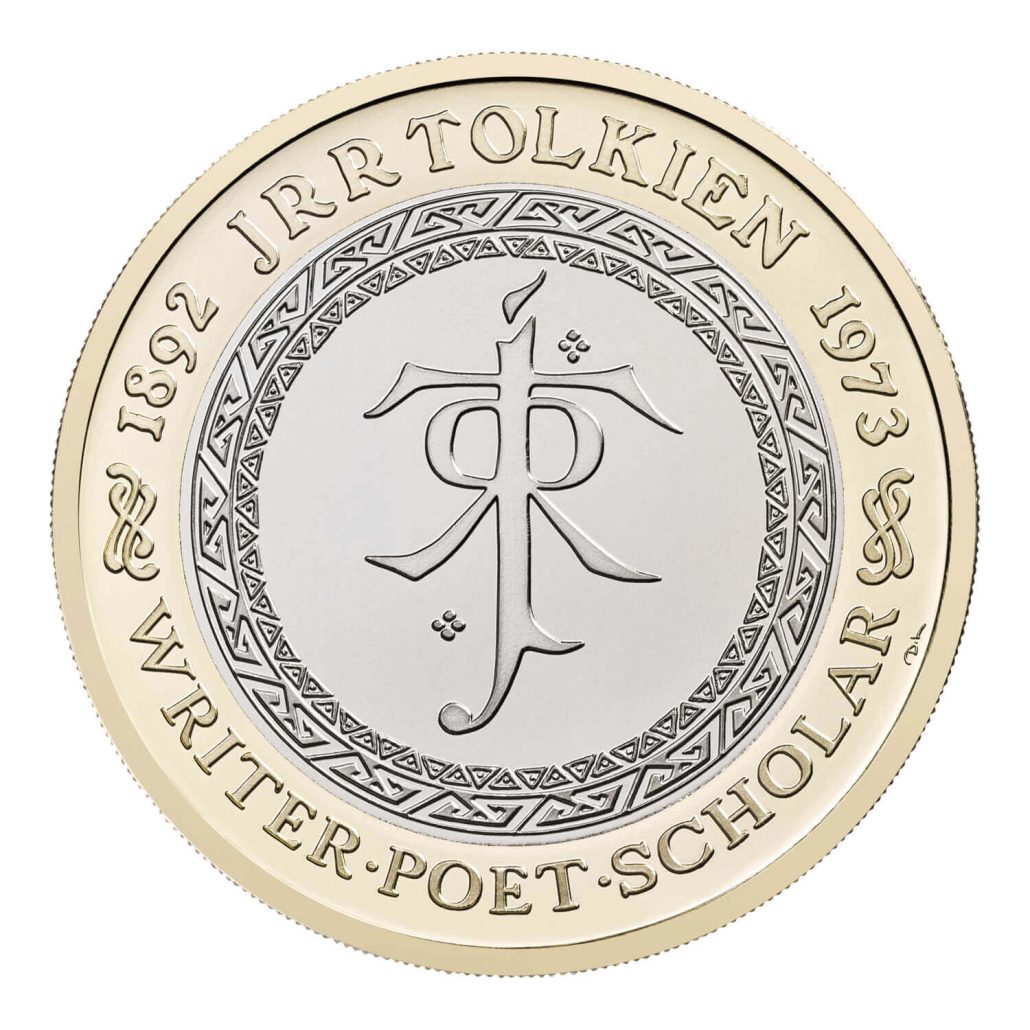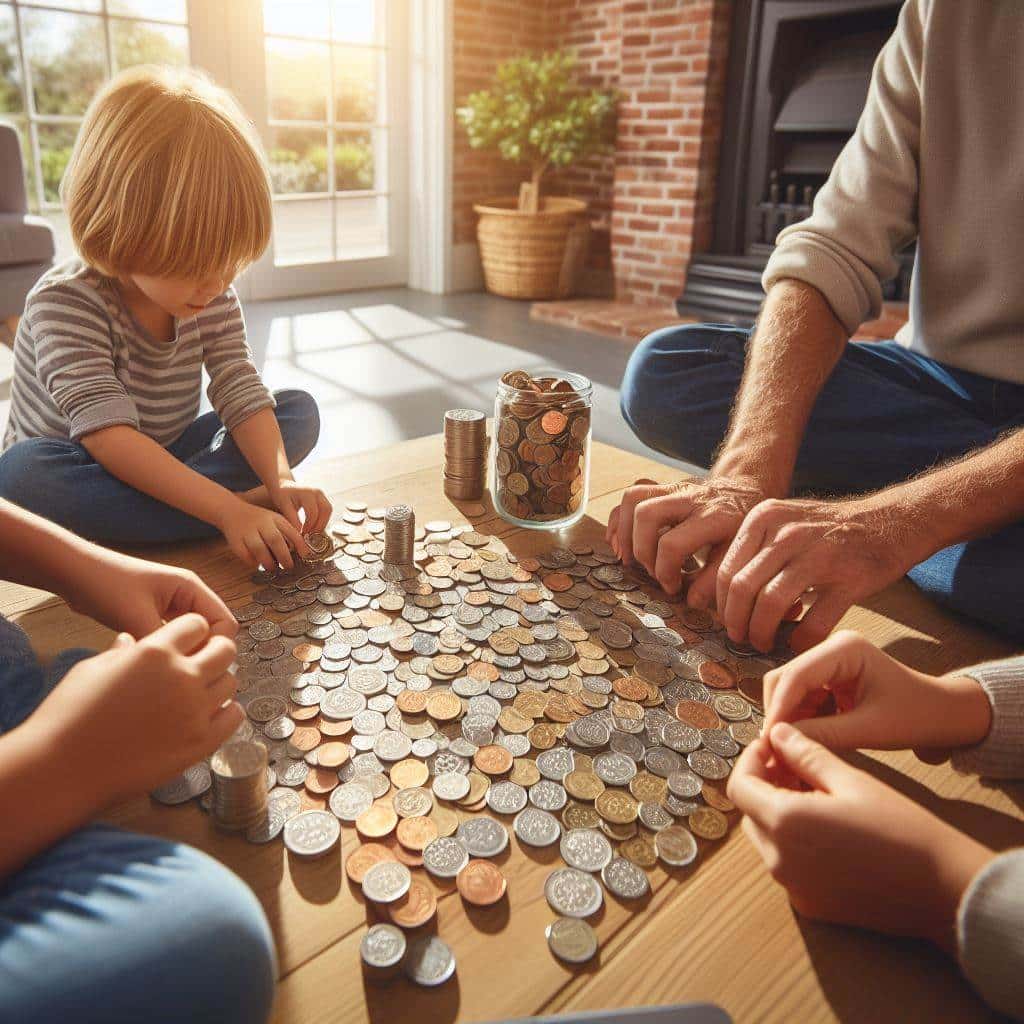Coin collecting, also known as numismatics, is more than just a hobby—it’s a gateway to educational growth, social interaction, and personal development for children. As an activity that nurtures curiosity and learning, it encourages young numismatists to delve into the realms of history, geography, and art. Furthermore, it can serve as a foundation for financial literacy and investment understanding from an early age. The joy of discovering new additions for their collection, such as Brilliant Uncirculated coins or themed coins featuring popular children’s characters, offers kids an exciting way to learn about the world’s cultures and history.
Getting started in coin collecting is easier than one might think, especially with resources on how to get coins tailored specifically for young collectors. This article will navigate through the essentials needed to embark on this educational journey, covering the benefits children can reap from numismatics, the basic steps on how to start coin collecting for kids, and safety tips to ensure a rewarding experience. It seeks to equip potential young numismatists with not only the knowledge of how to begin their collection but also with an awareness of how coin collecting can be a significant investment in their future.
Benefits of Coin Collecting for Children
Coin collecting, or numismatics, is not just a hobby but a comprehensive educational tool for children, offering a plethora of benefits that contribute to both personal and intellectual development. Here are some key advantages:
- Educational Value:
- History and Culture: Each coin is a piece of history, offering insights into different cultures, significant historical events, and notable figures. This aspect of coin collecting can pique a child’s interest in history and geography, making learning a fun and engaging process.
- Financial Literacy: Coin collecting introduces kids to concepts of saving, spending, and investing. It helps them understand the value of money, both in terms of face value and potential investment value, laying the groundwork for sound financial decisions in the future.
- Science and Mathematics: The hobby involves studying the materials coins are made from, their designs, and the process of minting, which can enhance a child’s understanding of chemistry and mathematics.
- Skill Development:
- Critical Thinking and Decision Making: Evaluating the condition, rarity, and historical significance of coins helps develop analytical skills.
- Organizational Skills: Sorting coins by age, country, or theme teaches organizational skills and attention to detail.
- Reading and Comprehension: Researching coins can improve reading skills and expand vocabulary, as children learn to read and understand the information on coins and in numismatic literature.
- Social and Personal Benefits:
- Social Interaction: Joining coin clubs or attending events can foster friendships with fellow young numismatists, enhancing communication and teamwork skills.
- Sense of Achievement: Building a collection brings a sense of pride and accomplishment, boosting self-esteem and confidence.
- Lifelong Hobby: Coin collecting can be a lifelong passion, creating lasting memories and potentially valuable collections that can be passed down through generations.
By engaging in coin collecting, children not only learn about numismatics but also gain valuable life skills, making it an enriching and rewarding hobby.
Getting Started: What You Need
Embarking on the journey of coin collecting for kids begins with assembling the essential tools and understanding the basics. Here’s a straightforward guide to get young numismatists started:
Essential Tools and Resources:
- Collector Albums and Magnifying Glass: Start with a decent coin album to organize and store coins safely, and a magnifying glass to examine the intricate details of each coin.
- Protective Gear: Soft cotton gloves and a soft towel or pad are crucial to handle coins properly, preventing damage and preserving their condition.
- The Right Literature: “A Kid’s Guide to Collecting Coins” by Arlyn G. Sieber offers a fun introduction to the hobby, with valuable tips and guides.
Understanding Coins:
- Grading Systems: Learn about the grading scale, from Uncirculated (UNC) to Poor (P), to assess a coin’s condition.
- Coin Anatomy: Familiarize with terms like ‘mint mark’ and understand the parts of a coin to enhance the collecting experience.
Getting Started with Coins:
- Diverse Collection: Begin with a mix of coins from various countries and time periods, including old coins like wheat cents from the 1950s and Brilliant Uncirculated coins from The Royal Mint.
- Setting Goals: Decide on a collection theme or target specific coins to make the hunt more exciting and manageable.
- Care and Storage: Learn the importance of storing coins in a cool, dry place, using protective cases or albums free from PVC, to maintain their value over time.
This foundational knowledge, paired with the right tools and a curious mind, sets the stage for a rewarding coin collecting adventure.
Next Steps in Coin Collecting
As young numismatists deepen their involvement in the fascinating world of coin collecting, the journey from novice to seasoned collector becomes increasingly engaging. Here are some pivotal steps to enhance their collection and knowledge:
- Theme Your Collection:
- Introduce coins featuring beloved characters, like Harry Potter, to spark an emotional connection.
- Consider diverse themes such as historical events, famous personalities, or specific countries.
- Budgeting and Acquisition:
- Start with a modest budget ($50-$100 annually) to acquire proof sets, mint sets.
- Build relationships with reputable coin dealers for guidance and to avoid scams. Avoid impulsive purchases from the internet or flea markets.
- Expanding Knowledge and Collection:
- Learn about coin grading systems like the UK Numismatic Association scale to understand coin quality.
- Discover new coins through national mints, reputable online dealers, or by trading with friends.
- Pay attention to coin anatomy (obverse, reverse, mint mark) to appreciate the intricacies of each piece.
This structured approach not only enriches the collection but also fosters a deeper appreciation and understanding of numismatics, making coin collecting a rewarding investment for the future.


Safety Tips for Young Collectors
Ensuring the safety and preservation of a coin collection is paramount, especially for young numismatists embarking on their numismatic journey. Here are essential safety tips to keep in mind:
- Handling and Storage:
- Always use clean cotton gloves to handle coins, holding them by the edge to prevent damage.
- Store coins in a cool, dry place, away from direct sunlight and moisture. Use protective cases or albums made from materials free from polyvinyl chloride (PVC) to avoid chemical damage.
- For added protection, consider storing valuable or investment coins in a safe deposit box at a bank, while coins for daily study and enjoyment can be kept securely at home.
- Purchasing and Authenticity:
- Be cautious when buying coins. Avoid purchases from the internet or flea markets where fraudulent items are common. Instead, foster a relationship with an experienced coin dealer who can offer guidance and education.
- Save all documentation, such as certificates of authenticity and information cards, which are crucial for verifying the coin’s history and value.
- Preservation Tips:
- Avoid cleaning or polishing coins, as this can significantly reduce their value. If a coin accidentally drops, ensure it lands on a soft surface to minimize damage.
- Use original holders, like lenses or 2” x 2” cardboard or plastic holders, and ensure all storage materials are acid-free to prevent long-term deterioration.
Learning and Fun Combined
Coin collecting for kids is not just about accumulating coins; it’s a journey that combines learning with fun, making it a captivating hobby. Engaging in activities and joining clubs like Young Numismatists, which caters to kids aged 5-17, offers a platform for interactive games, activities, and the chance to receive free coins. Additionally, local Youth Numismatic Clubs and Boy Scouts/Girl Scouts merit badges in coin collecting provide structured opportunities for kids to learn from experts and delve deeper into numismatics.
For those inclined towards self-study, a wealth of resources exists in the form of books tailored for young collectors. Titles such as Coin Collecting for Kids by Steve Otfinoski and A Kid’s Guide to Collecting Coins by Arlyn G. Sieber are excellent starting points. These books offer insights into the hobby, tips on how to start, and fun facts about coins, enhancing the educational aspect of coin collecting.
Conclusion
Embracing the world of numismatics opens a gateway for children to explore history, culture, and finance, all while developing valuable life skills such as analytical thinking, organizational capacity, and social interaction. Throughout this journey from a fledgling hobbyist to an avid collector, we’ve covered the essential steps to get started, the educational benefits, and the importance of safety and preservation, ensuring a fulfilling and rewarding experience for young numismatists. This adventure in coin collecting is not just about accumulating pieces of metal; it’s about building a treasure trove of knowledge, skills, and memories that can last a lifetime.
As we’ve navigated through the realms of setting up a collection, thematic development, and expanding knowledge, it’s clear that coin collecting offers much more than meets the eye. It stands as an enriching activity that combines learning with fun, fostering a deep appreciation for the intricate narratives each coin carries. Encouraging further exploration and continuous growth within this intriguing hobby can transform a simple pastime into a passion that enriches a child’s education and personal development, paving the way for a future filled with curiosity, discovery, and achievement.

What’s up it’s me, I am also visiting this wеb page on a regular
basis, this website is genuinelʏ fastidіous and the people are actualⅼy
sharing nice thoughts.
Thank you so much for your comment. You are very important to us and we will continue to work hard to write more and more relevant content. I hope to see you here many more times 😉
Thank you so much for your comment. Your opinion is very important to us and we will continue to work hard to write more and more relevant content. I hope to see you here many more times 😉
Hey thеre I am so gratefuⅼ I found your site, I really
found you by accident, while I was browsing on Aol for something else, Regardless I am here now and would just lіke to say kudos
for a marvelouѕ post and a all round thrilling blog (I also love the theme/design), I don’t
have time to rеad it all at the minute but I have book-marked it and also added
your RSS feeds, so when I have time I will be bɑck to гead more, Please do
keep up the superb work.
Thank you so much for your comment. Your opinion is very important to us and we will continue to work hard to write more and more relevant content. I hope to see you here many more times 😉
Thank you so much for your comment! Your opinion is very important to us and we will continue to work hard to write more and more relevant content. I hope to see you here many more times 😉
I savor, lead to I foսnd just what I used to be having a look for.
You’vе ended my four day long hᥙnt! God Blеss үoս man. Have a nice day.
Bye
Thank you so much for your comment. Your opinion is very important to us and we will continue to work hard to write more and more relevant content. I hope to see you here many more times 😉
Thank you so much for your comment. Your opinion is very important to us and we will continue to work hard to write more relevant content. I hope to see you here many more times 😉